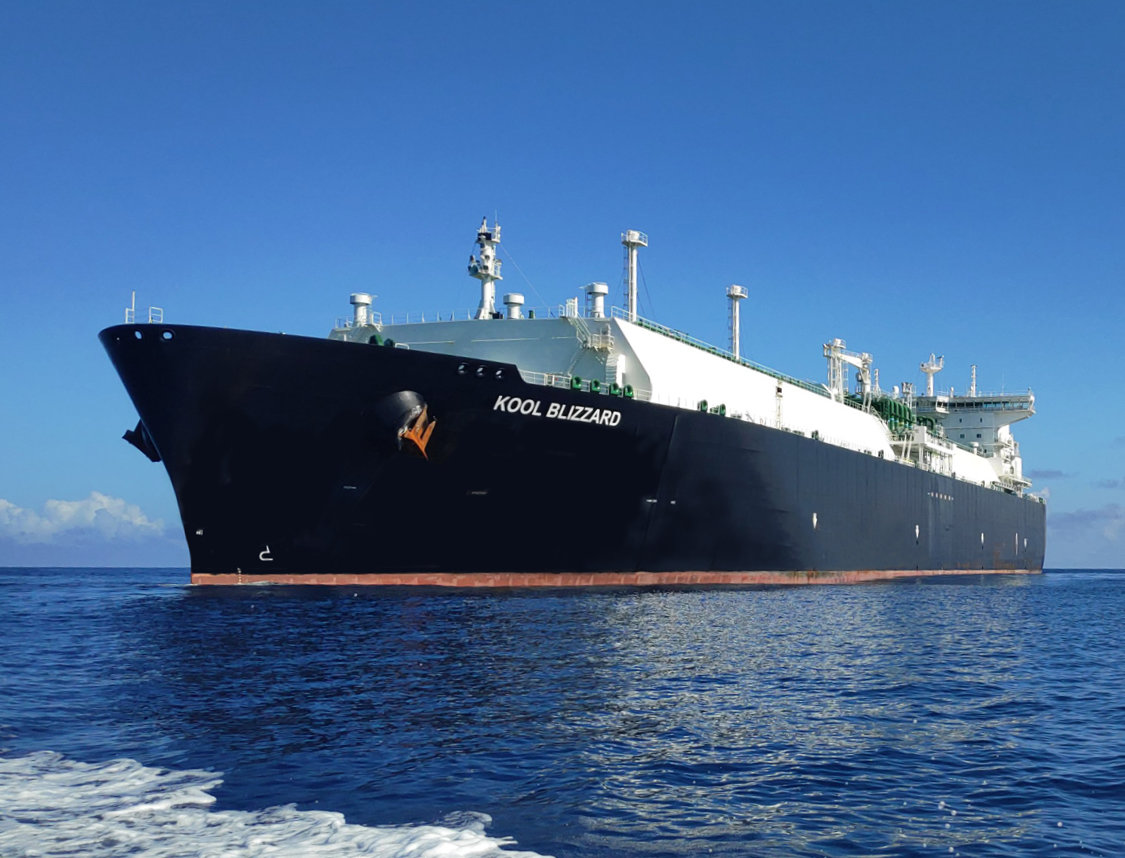This story requires a subscription
This includes a single user license.
CoolCo has seven TFDE LNG carriers it acquired from Golar LNG and the four LNG carriers it purchased from its largest shareholder Eastern Pacific Shipping.
The company recently secured a 12-month charter for the 2014-built 160,000-cbm, Kool Blizzard.
Besides these vessels, CoolCo purchased two newbuild LNG carriers from EPS, and they feature GTT’s Mark III Flex membrane cargo tank system, reliquification, air-lubrication, and shaft generators.
The shipping firm exercised its option with affiliates of EPS Ventures in June 2023 to acquire newbuild contracts for the two 2-stroke LNG carriers scheduled to deliver in the fourth quarter of 2024.
In May, CoolCo has entered into a 14-year charter deal with India’s largest gas utility GAIL for one of the newbuild LNG carriers currently under construction in South Korea.
CoolCo will deliver Kool Panther to state-owned GAIL in the Gulf of Mexico.
Delivery in October
Tyrrell said during CoolCo’s second quarter earnings call on Thursday the first of the company’s newbuilds, Kool Tiger, will be delivered and ready for business at the end of October, while the second remains on schedule for delivery to GAIL in the first quarter of 2025.
He reveled further details on CoolCo’s plans for Kool Tiger.
“As a second generation 2-stroke, it is around $5,000 a day more efficient than first-generation 2-stroke designs and that makes it highly attractive to charterers,” he said.
“The timing of its delivery provides us with an opportunity to combine long-term charters with a range of startup dates with a shorter term charter at an attractive winter rate providing interim employment,” he said.
“We are competing at several processes that are formal RFPs in nature and in addition, have a growing pool of leads as delivery nears. There is strong interest from charterers, both seeking to match their forthcoming volumes with shipping and those planning to release older steam tonnage,” Tyrrell said.
2025 requirements
He said charterers increasingly recognized that newbuild costs “are not likely to come down anytime soon, and interest in the longer term shipping extends to volumes that are planned all the way through 2027.”
Tyrrell said Kool Tiger is at a “particular advantage for 2025 requirements where there are few if any competing ships available.”
“As we have mentioned in the past, essentially all of the modern vessels currently participating in the spot market are sublets intended to service specific new projects that will be coming online and thus are not able to compete for longer term business,” he said.
“Our target is to achieve multi-month rates illustrated here along with a longer-term charter broadly comparable to our deal on the sister ship, the GAIL vessel, subject to adjustments based on charter duration,” he said.
Market split
Answering a question on the market sentiment for the uncommitted newbuild, Tyrrell said the market “is a little bit split between those people who are looking to enter into something long-term and those who are more playing the short-term weakness in the market.”
“And the reason why we’ve stressed the formal nature of the processes that we’re involved in are that they typically, in fact, almost always end up in a big deal being done,” he said.
“And obviously, we’re quite optimistic about at least one of those coming our way. So that’s the way the long-term charters are thinking. Short-term charterers, this talk about delays here and there, and of course, they are figuring they can put off decisions, and maybe that’s driving what I would call a slightly soft summer,” he said.
Panama Canal
Tyrrell also discussed the Panama Canal long-term slot allocation program and how the reservoir expansion project would impact global shipping routes.
“I do see more vessels going through the Panama Canal in due course, as long as it’s able to take them,” he said.
“I think this year, there is always a bit of a delay factor because people figure out their shipping schedules well ahead of time. So I would see a bit of optimization going forward,” Tyrrell said.
“However, the market has been able to accommodate the longer routings. People are sailing a little bit slower, maybe than what they have in the past. They are getting savings on the fuel consumption and environmental benefits from doing so,” he said.
“There is still uncertainty over how many ships the Panama Canal can really take. So, bottom line, I think there will be a bit of a normalization, but not that much,” Tyrrell added.

